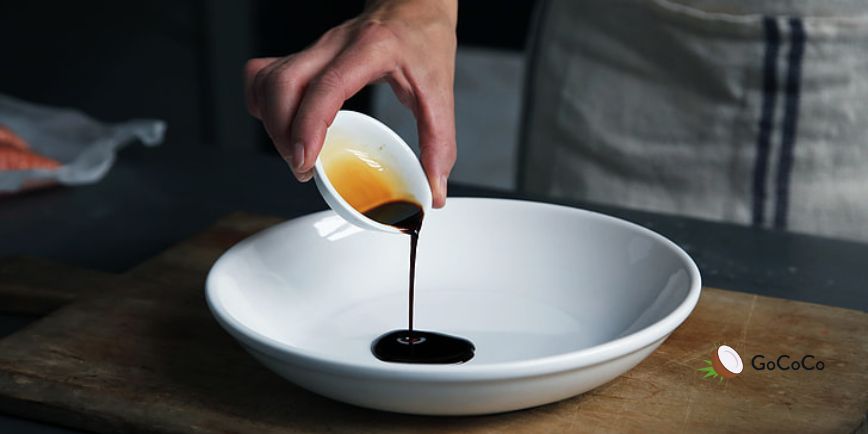
Most traditional soy sauces are not gluten-free. Despite the name, soy sauce is usually made with both soybeans and wheat and the wheat doesn’t disappear during fermentation.
Some types of soy sauce are naturally gluten-free, and others are labeled that way due to different production processes.
So if you're avoiding gluten due to celiac disease, intolerance, or a personal choice, it’s important to check the label.
To be gluten-free, soy sauce must omit wheat entirely. Here's how to tell:
A gluten-free label means the product contains less than 20ppm of gluten, the FDA threshold. But not all Tamari brands are gluten-free,some use small amounts of wheat so always double-check.
Even if you don’t have a gluten intolerance, this conversation points to a bigger food story: ingredients like wheat, soy, and salt are often ultra-processed in sauces, marinades, and condiments,not because of gluten, but because of how they're made.
At GoCoCo, we encourage readers to:
If you’re trying to cut back on ultra-processed ingredients (gluten aside), here are a few tasty swaps:
GoCoCo encourages small swaps like these because they help you rely less on packaged, ultra-processed items, even the ones with “healthy” labels.
Soy sauce isn’t always gluten-free but even more importantly, it’s a good reminder to pay attention to what’s in your sauces, dressings, and flavor boosters.
At Gococo, we help you focus on food habits that go beyond trends or labels.
So whether you're avoiding gluten or just want to eat more intentionally, remember: it’s not about cutting everything out,it’s about choosing what supports your real, everyday health.
.jpg)

